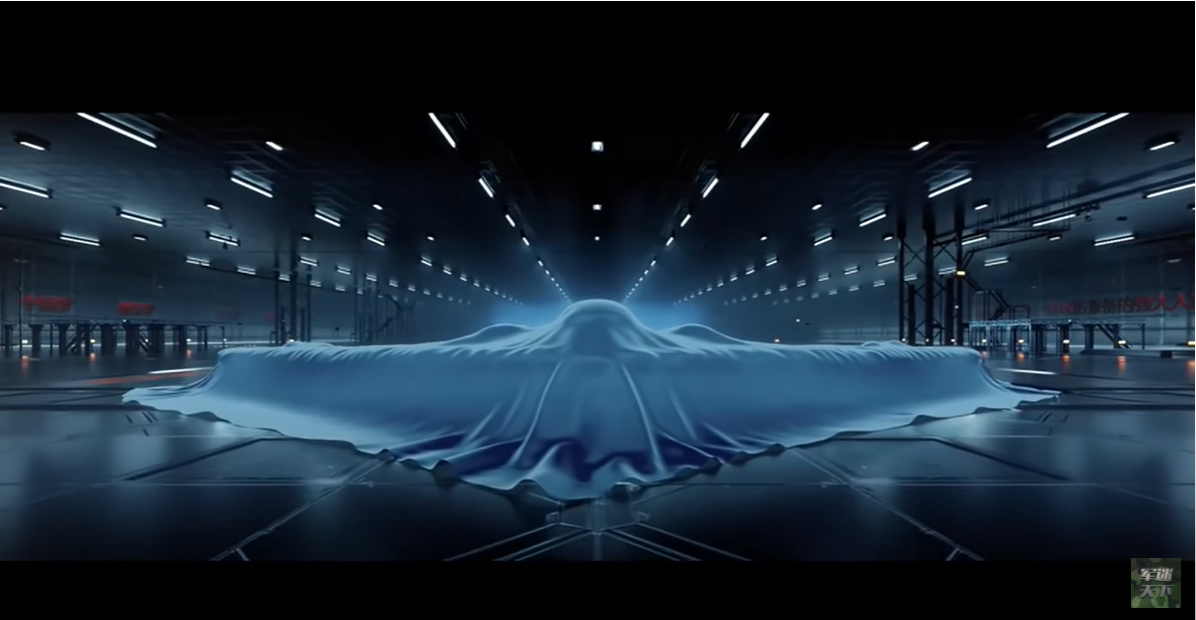
China Monitor is our brand-new program that analyses China’s economic and foreign policies. It also aims to predict the consequences of Beijing’s policy for the global economy, the EU as well as Central and Eastern European countries such as Poland.
Date: 13 January 2021
Author: Łukasz Kobierski
The PLAAF Recruitment Video and the H-20 Bomber
In early January, the Chinese People’s Liberation Army Air Force released a recruitment video on Chinese social media to encourage young people to join the army. It is worth to note that the video clip features an outline of an aircraft, which, according to analysts, is the announced bomber of the future – H-20.

The People’s Liberation Army Air Force (PLAAF; 中国人民解放军空军) recruitment video aimed at encouraging young people to join the Chinese Air Force. To attract wider audiences, the video clip starred Jackson Yee, a famous Chinese actor of the younger generation, and Wu Jing, known from the movie “Wolf Warriors,” which inspired patriotic enthusiasm among the Chinese people. In two days only, the video clip was viewed on Sina Weibo messenger more than 68 million times.
The 5th generation J-20 fighter jets played a leading role in the video clip, but the PLAAF also provided an outline of a new next-generation long-range stealth bomber. In the last minute of the video, an unknown computer-generated aircraft enters the stage. It is covered with a white blanket and only its front is visible. Then, the blanket is removed, allowing to see the left side of the plane, which is reflected in the visor of the pilot’s helmet. The design is reminiscent of the American B-2 Spirit bomber – it is a flying wing aircraft with no vertical control surfaces. Moreover, it has two air intakes, which indicates that it may be the anticipated H-20 bomber.
This was not the first time that the plans of introducing the H-20 bomber into service were presented in such a way. In May 2018, the Aviation Industry Corporation of China (AVIC), the main contractor for Chinese military aircraft, released a promotional video in which the front of a similar plane, also covered with a blanket, was shown. The development of the bomber commenced at the beginning of this century, but there was no official information about it until 2016.
Support Us
If content prepared by Warsaw Institute team is useful for you, please support our actions. Donations from private persons are necessary for the continuation of our mission.
As Wei Dongxu, a Beijing-based military analyst, told the Global Times, the introduction of the H-20 into service could mean that “China has achieved a generation-leaping development in bomber planes and become in possession of a world-class strategic stealth bomber.” He added that showing it in the video “possibly means [that] the outline and design of the aircraft are no longer top secrets, and the development project has made significant progresses.”
The air force, which is the major tool of power projection in the contemporary theater of war, remains one of the key fields in the modernization of China’s armed forces. The entry into service of the H-20 bomber may change the balance of power in the region and strengthen Beijing’s position. It will give the PLAAF the ability to attack US military facilities in Japan, South Korea, Guam and even Hawaii from its mainland bases. The H-20 will also strengthen the “nuclear triad,” i.e., the ability to effectively carry nuclear missiles by land, sea, and air units. Introducing it into service would at least partially reduce US superiority and clearly increase nuclear deterrence capabilities. The question is how the H-20 will perform in comparison to the American B-21 Raider, whose first official flight is scheduled for this year. Whether China is already capable of building engines for this type of aircraft remains a separate question.
All texts published by the Warsaw Institute Foundation may be disseminated on the condition that their origin is credited. Images may not be used without permission.

















